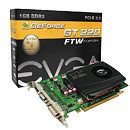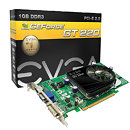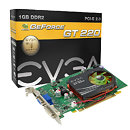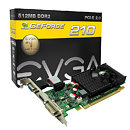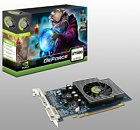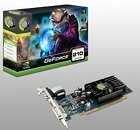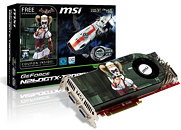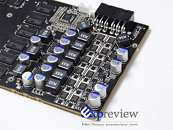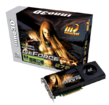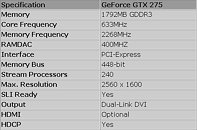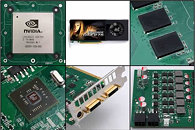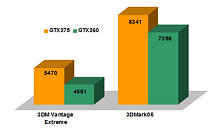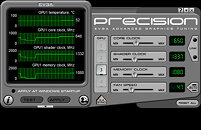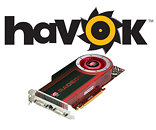
EVGA Announces GeForce 210 and GT 220 Series Graphics Cards
EVGA is proud to announce the latest cards in the GeForce product lineup: the EVGA Geforce 210 and GT 220. Good graphics processing is a required ingredient in the modern PC. With DirectX 10.1 support, NVIDIA PhysX technology, HDMI 1.3a output and NVIDIA CUDA technology the 210 and 220 products are essential additions to your PC. Whether you are doing video or photo editing, gaming, HD video playback, or just looking for a Premium Windows 7 experience, the EVGA GeForce 210 and GT 220 brings incredible processing power, at an incredible price.
Modern games and 3D applications demand more graphics performance than ever before and integrated graphics simply aren't good enough. The NVIDIA efficient designs can deliver up to 30x the performance of integrated solutions! If you want to play popular games like World of Warcraft, Spore, Sims3, Left 4 Dead or Fallout3, the Geforce 210 or GT 220 is an essential addition to your PC.
Modern games and 3D applications demand more graphics performance than ever before and integrated graphics simply aren't good enough. The NVIDIA efficient designs can deliver up to 30x the performance of integrated solutions! If you want to play popular games like World of Warcraft, Spore, Sims3, Left 4 Dead or Fallout3, the Geforce 210 or GT 220 is an essential addition to your PC.
